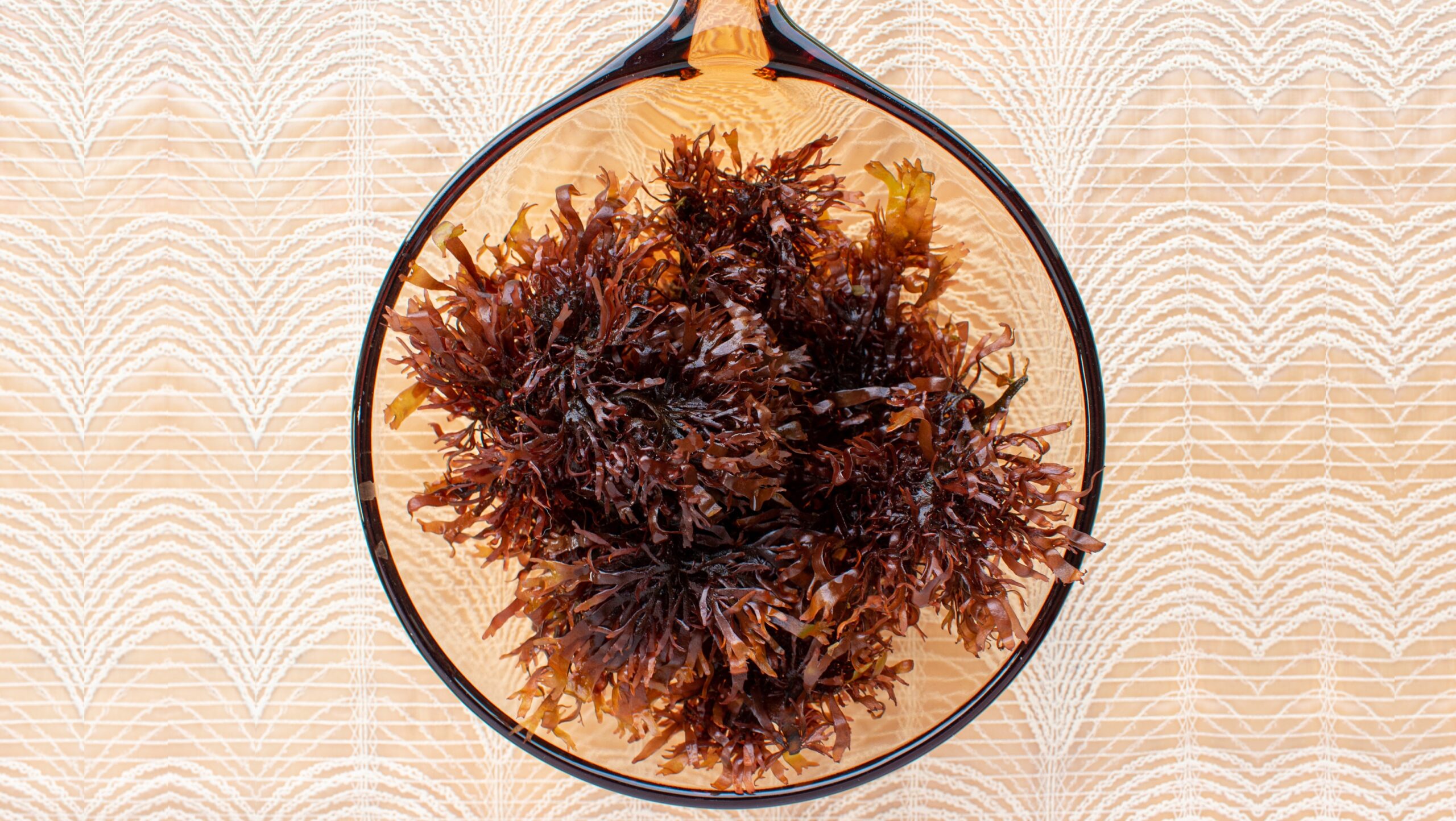Gadgets
Bye, kale: Marine scientists want you to eat more seaweed

Seaweed is becoming the new superfood, surpassing kale in nutritional value. It is highly nutritious, grows easily with just sunlight and sea water, and is versatile in cooking. Alanna Kieffer is advocating for seaweed to become a staple in American dining, despite its long history as a dietary staple in East Asian countries.
Kieffer, a marine biologist, runs Oregon Seaweed in Garibaldi, Oregon, and founded Shifting Tides to educate about ocean foraging. She believes the town should be known for its ocean vegetables as much as its ice cream.
Nutritious and delicious
Seaweed, particularly red Pacific dulse, is a superfood rich in essential amino acids, vitamins, minerals, fiber, iodine, and omega-3s. It also contains about 30 percent protein. Dulse is a clonal species that grows easily with minimal intervention, making it a low-maintenance crop.
[Related: Europeans ate a lot more seaweed 8,000 years ago]
Pacific dulse is grown in tanks at Oregon Seaweed, supplied with nutrient-rich sea water. The cultivation process is simple and efficient, requiring only sunlight and water.
No green thumb required
Harvested dulse is sun-dried and can be used in various culinary applications. Seaweed farming is sustainable and eco-friendly, requiring minimal resources compared to traditional agriculture.
Seaweed is also effective at capturing and sequestering carbon, making it an important tool in combating climate change. It can help reduce ocean acidification and create healthier ecosystems.
Research is ongoing to understand the long-term effects and sustainability of seaweed farming, but it shows promise in reducing carbon emissions and promoting environmental health.
Seaweed has the potential to revolutionize agriculture and diet practices, offering a sustainable and nutritious alternative to traditional crops. Its versatility and nutritional benefits make it a valuable addition to the American food scene.
Seaweed farming is a sustainable and versatile practice that benefits both the environment and local communities. Responsible farms should focus on endemic species of seaweed found locally, providing a source of income for fishermen during the off-season and offering a continuous supply of food for a growing population. Seaweed can be used for various purposes such as fertilizer, biofuel, textiles, and even as an ingredient in cat food. Additionally, seaweed is a delicious and versatile ingredient in the kitchen, adding flavor, texture, and nutrients to dishes.
“I’m obsessed with dulse for its versatility,” says Kieffer. “It’s a really easy ingredient to incorporate into things.” Seaweed can be sautéed, oven-roasted, made into a seasoning, pickled, dehydrated, and more. It brings a smoky umami flavor when cooked and can be used as a vegetarian alternative to anchovies in Caesar dressing. Seaweed can also be ground and used as a healthier substitute for salt.
There are endless possibilities for using seaweed in the kitchen. Whether sneaking it into pasta, making dulse onion jam, or using it to top bruschetta, seaweed adds a unique and nutritious twist to dishes. Initiatives like Winter Waters aim to connect chefs with seaweed distributors, promote creativity in commercial kitchens, and introduce more seaweed into American diets.
Educating people about the deliciousness and sustainability of seaweed is key to expanding its culinary use. By showcasing the versatility of seaweed and encouraging culinary experimentation, we can broaden perspectives and incorporate this nutritious ingredient into everyday meals. Please rephrase this sentence.
-

 Destination6 months ago
Destination6 months agoSingapore Airlines CEO set to join board of Air India, BA News, BA
-

 Breaking News8 months ago
Breaking News8 months agoCroatia to reintroduce compulsory military draft as regional tensions soar
-

 Tech News10 months ago
Tech News10 months agoBangladeshi police agents accused of selling citizens’ personal information on Telegram
-

 Breaking News8 months ago
Breaking News8 months agoBangladesh crisis: Refaat Ahmed sworn in as Bangladesh’s new chief justice
-

 Gaming7 months ago
Gaming7 months agoThe Criterion Collection announces November 2024 releases, Seven Samurai 4K and more
-

 Toys10 months ago
Toys10 months ago15 of the Best Trike & Tricycles Mums Recommend
-

 Toys8 months ago
Toys8 months ago15 Best Magnetic Tile Race Tracks for Kids!
-

 Guides & Tips8 months ago
Guides & Tips8 months agoHave Unlimited Korean Food at MANY Unlimited Topokki!
























